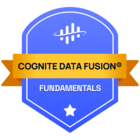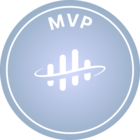hello guys,
I wonder how do you populate data model directly from the dataset? so i have ingested all my timeseries data into my dataset and then i want to run transformations using this dataset as a source but how do i get the actual values from the data points and can you filter just to extract certain timeseries data? this is the query i am running at the moment:
select
cast(`externalId` as STRING) as externalId,
cast(`name` as STRING) as name,
cast(`description` as STRING) as description
from
`_cdf`.`timeseries`;
what i want really is to import all my timeseries data from my dataset into my data model and then continue building.


 Check the
documentation
Check the
documentation Ask the
Community
Ask the
Community Take a look
at
Academy
Take a look
at
Academy Cognite
Status
Page
Cognite
Status
Page Contact
Cognite Support
Contact
Cognite Support




